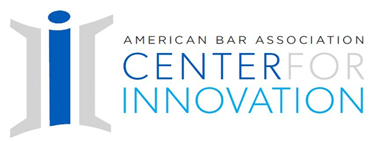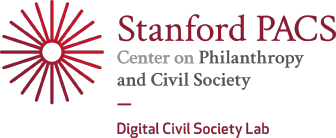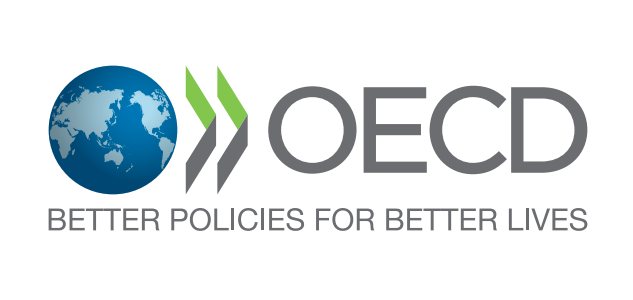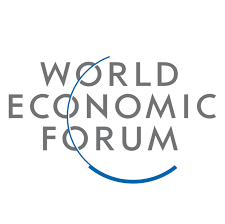 Prototyping for Policy
Prototyping for Policy
Prototyping for Policy
Law + Design Summit 2018
How can we make better policy, using methods from human-centered design, agile development, and beyond?
On November 9-10, 2018, the Stanford Legal Design Lab will host a summit on how prototyping design methods — drawn from human-centered design, systems thinking, agile policy-making, and beyond — can be used to make better policy that better serves people.
We invite people working on innovative policymaking in government agencies, courts, universities, non-profits, and elsewhere to join us to understand how to make policy with human-centered, experimental, responsive methods.
Apply to join the Summit here.
For those who are selected to attend the Summit, the cost of registration is $25. A limited number of scholarships will be available.
Summit Overview
November 9th will be an unconference meeting to explore methods, use cases, strategies and insights around prototyping for policy. Participants will share their work, build networks, and create a knowledge base.
November 10th will be a hands-on design workshop to scope new policy-making initiatives. Participants will choose from one of several systems-level challenges to workshop together:
- What could be a new system to regulate the legal profession? With advances in technology, increasing numbers of self-represented litigants, and an access to justice crisis — could we prototype and test new models of regulating lawyers, legal information, and legal advice?
- What would a more accessible and inclusive entrepreneurship system be? If we started from scratch, what system would we create to support people to start small businesses? And how can we harness the new data streams and smart city work to create new business types and ways of working?
- How could we communicate data transparency to people in more meaningful ways? If privacy policies and cookie notices aren’t effectively helping people understand how their data is being used, what could a new system for user trust and control of their data be. Could there be a way to communicate over a longer period (rather than a single moment), or with multiple interconnected services (rather than each company repeating the same information)?
- How can emerging technology be used to advance diplomacy and human rights, and how can they be regulated to be ethical and human-centered? AI, blockchain, and other new technologies have begun to show their ability to transform how we communicate and work. How can governments and civil society create policies that are responsive, that abide by human rights and ethical norms, and that harness these new powers?
Background to the Summit
Over the past half-decade, there has been a rise of government, university, and non-profit policy labs that use design and agile methods to improve public services systems. In the Summit, leaders from different backgrounds (policymakers, entrepreneurs, court innovation officers, local governments and municipalities, government agencies) will explore prototyping methods to create, experiment, and evaluate new policies.
The particular focus will be on a ‘second wave’ of prototyping policy, that goes beyond the initial first wave of work around prototyping new websites, apps, and relatively straightforward government-citizen services. The first wave of policy prototyping has adapted service design methods to digitize and streamline current one-to-one services. But for this nascent ‘second wave’, the Summit will focus on ways to prototype new, complex systems with multiple stakeholders that have a bigger impact on daily lives of people. This includes methodologies that better account for emerging technologies, system dynamics, big data, and public-private partnerships.
In this ‘second wave’ of policy prototyping, new methods can emerge that provide policymakers greater ability to create new rules and new systems that account for the complexities of developing and rolling out a new policy, and that can respond dynamically to changing contexts.
This event is organized by
Stanford Legal Design LabStanford Legal Design Lab
Sponsors of the Summit
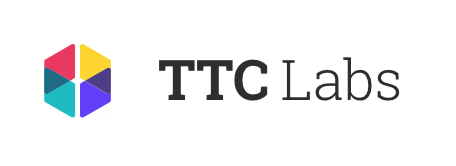

Partners of the Summit
